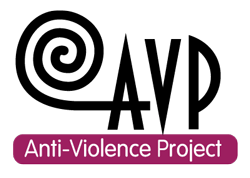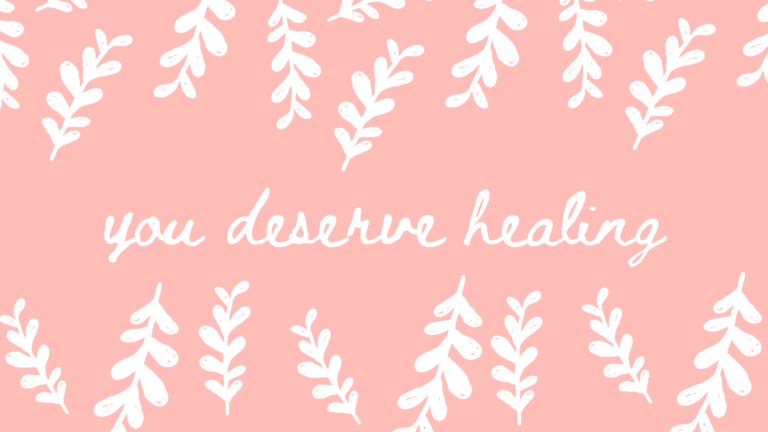Do you want to hug? Creative ways to ask for a hug
Hugging. Some of us hug our friends, our partners, our family and even people we’ve just met. Some us just don’t like hugs and that’s awesome too. Hugging can be a way to comfort someone, to show someone you care, to express affection or intimacy. Hugging can be a lot of things. Lots of us who are into hugs have also experienced awkward uncomfortable hugs, where we’re not sure if we’re into it, like when a casual acquaintance hugs you when you run into them at the pool…yeah no thanks! But that’s just me, the awesome thing about consent is that bringing it into our everyday lives means we can start to find out what all of our individual boundaries and preferences are. In our Understanding Consent Culture workshop people often giggle when we practice asking for consent in everyday situations because when we aren’t used to asking these questions it can be a little awkward. Hopefully with practice though we get more confident in our ability to practice consent!
Here are some creative ways to ask for a hug to help you start bringing consent into this aspect of your life if you like hugs:
- “Can I hug you?”
- “Can you hug me?”
- “Can you give me a little hug?”
- “Would it be okay if I gave you a hug?”
- “Would you like me to wrap my arms around you?”
- “Would you be willing to give me a hug right now?”
- “Would you be into a side hug?”
- “Want a hug?”
- “Want a bear hug?”
- “I would love to hug you right now, if you’re into it. Are you?”
- Write your request on a piece of paper and pass it as a note.
- Try this: open your arms, give them eye contact while signalling towards your chest, like this:
Before even asking someone for a hug it’s important that we take the time to check in with ourselves about our wants and desires. Maybe this includes taking a few seconds or a couple of breaths to ask ourselves if we want a hug. This pause has been called a number of different things: the sacred pause, a body check or the obligation check. Of course, not everyone may need this every time but some folks might.
Part of practicing consent is learning to receive and respect people’s “no”s and “maybe”s. Indecision is not a “yes.” Our reactions to someone’s answer can impact whether they feel comfortable enough to give us an honest answer. If we react by pressuring someone or respond with anger, hurt or even great disappointment we run the risk of creating an environment where they may not feel able to say anything but “yes.” Taking time to think through our own feelings about being “rejected” can help us manage our reactions and be more open to any response. It can even be helpful to practice responses to receiving a “no”:
- “Thanks for being honest”
- “Okay, cool!”
- “Awesome, thanks for setting a boundary”
Finally, it’s important to note that consent is an ongoing process/conversation. Having established consent for one activity does not mean that consent has been established for all activities. Just because someone consented to a hug, doesn’t mean they consented to a kiss on the cheek or for a hug every time you see them. Try to be clear to avoid miscommunications or overstepping someone’s boundary. You don’t have to be a mind reader to practice consent, you just need to ask questions and respect the responses you get!
If you’re interested in learning more about consent, join us at one of our Understanding Consent Culture workshops offered throughout the year.








Imagine going to you crush and asking for a hug. they say no, and then you respond with “Awesome, thanks for setting a boundary!”
tysm these r the best ways to ask for a a hug actually, but i k them all